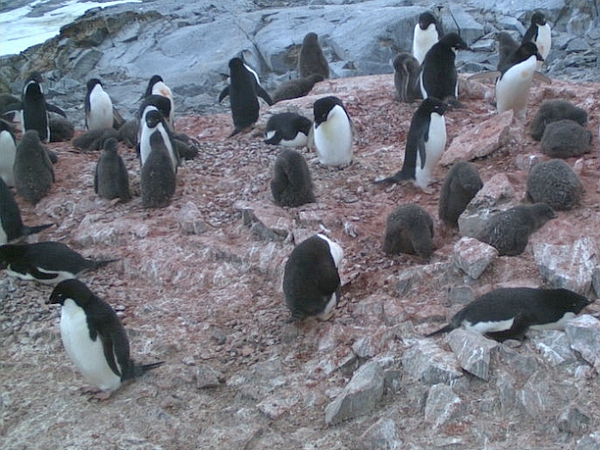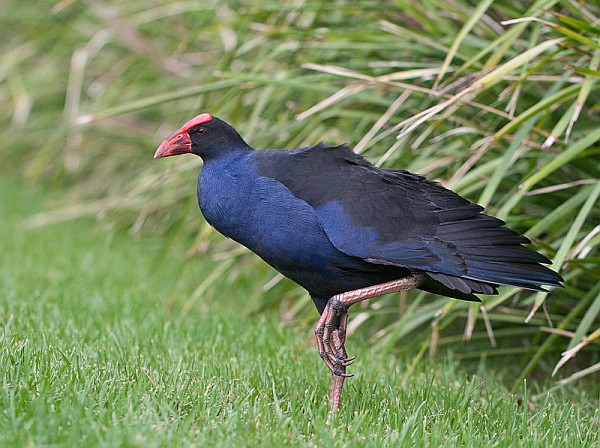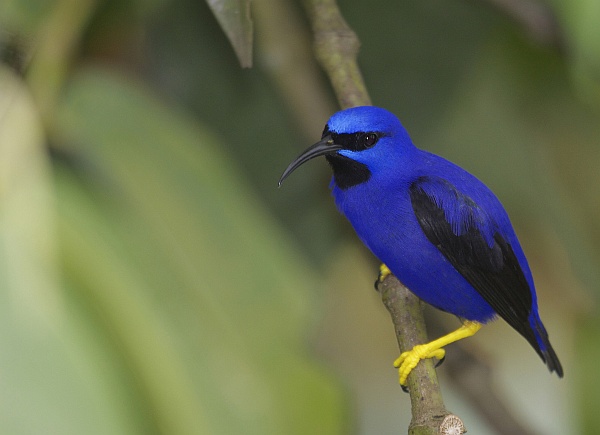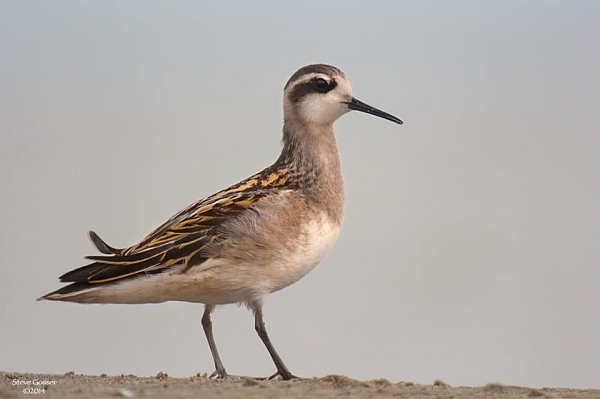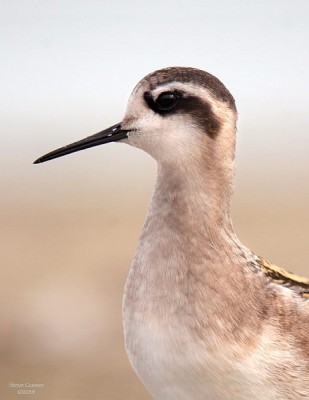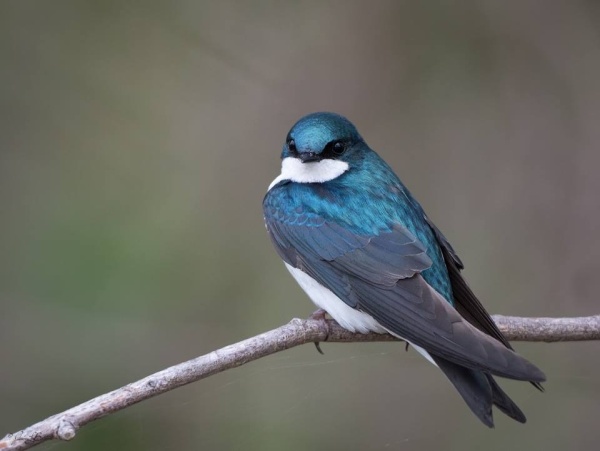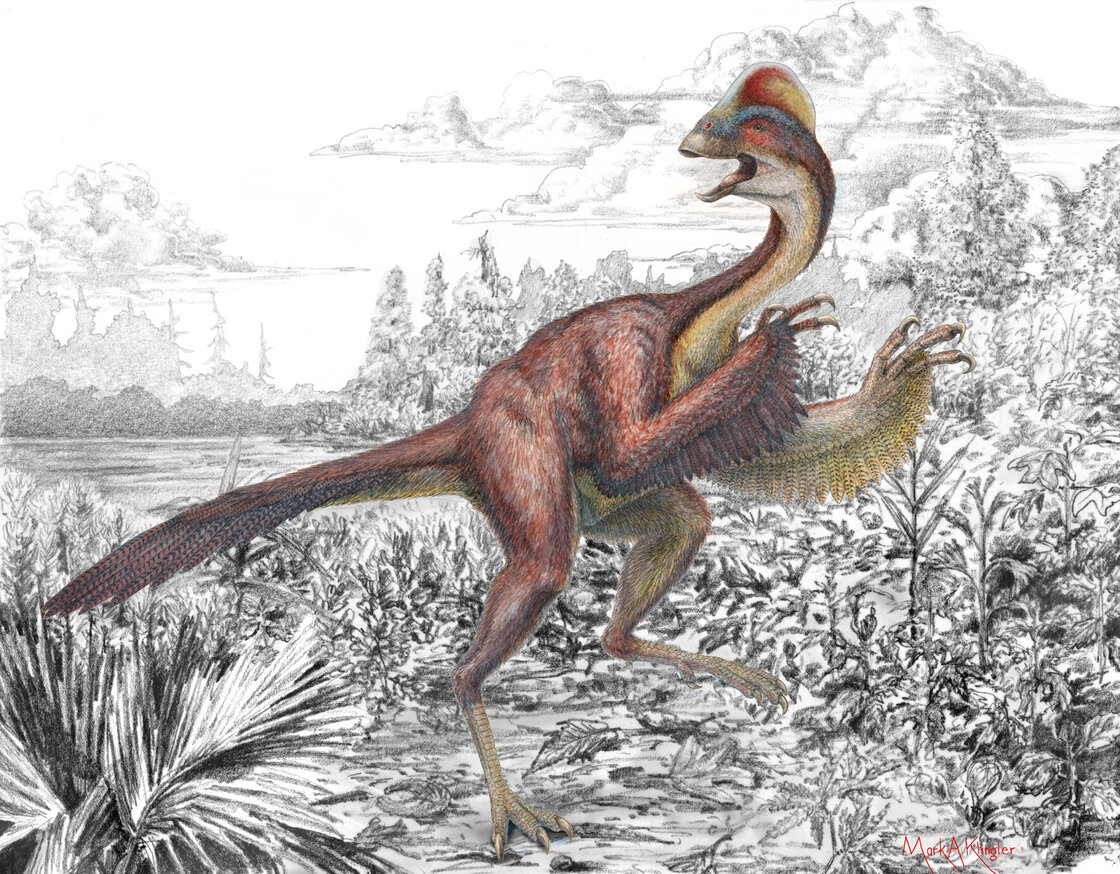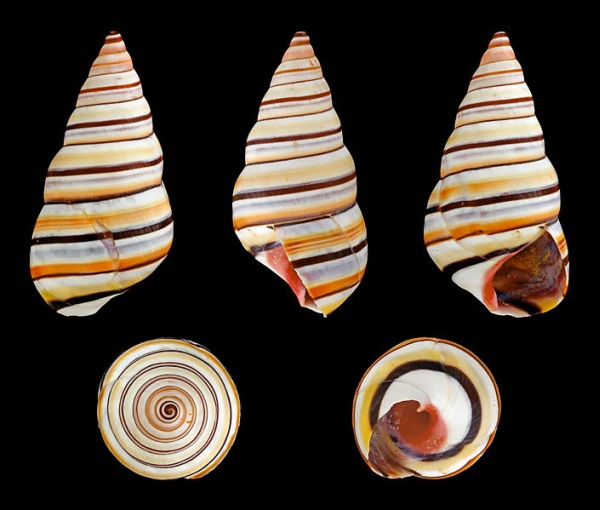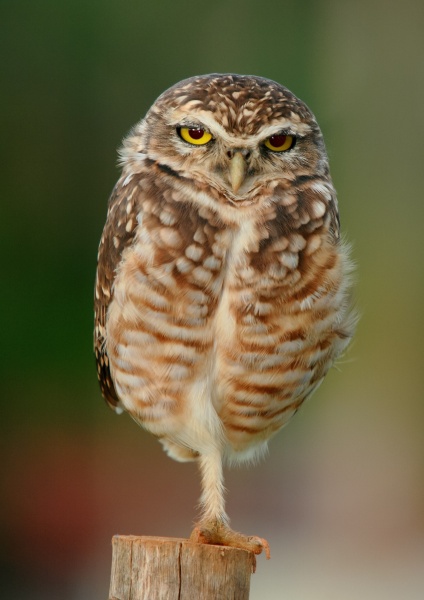Are you hooked on penguins? Would you like to see more of them from the comfort of your home?
Check out the new online citizen science project, Penguin Watch, where you can view more than 175,000 photos of Antarctic penguins, chicks and eggs.
Because penguins are declining, scientists are monitoring them using remote cameras. The cameras have taken a lot of pictures — so many that the task of counting the penguins and their breeding success is impossible for the few scientists involved. That’s where citizen science comes in.
Zooniverse put the photos online and made an easy tool for counting the penguins. Look at the photo. Click on every penguin. Done! The clicks become a crowd-sourced map of Antarctica’s penguins.
It doesn’t matter if you make mistakes because crowd-sourcing smooths out the errors. You can even chat about the images with other volunteers and the researchers at Penguin Watch Talk.
Help scientists understand why penguin populations are declining and how to protect them by visiting www.penguinwatch.org or these links on Facebook and Twitter.
Look at the photos. Click on every penguin. That’s all you have to do.
(remote camera photo of penguins in Antarctica from Zooniverse Penguin Watch. How many do you see?)
